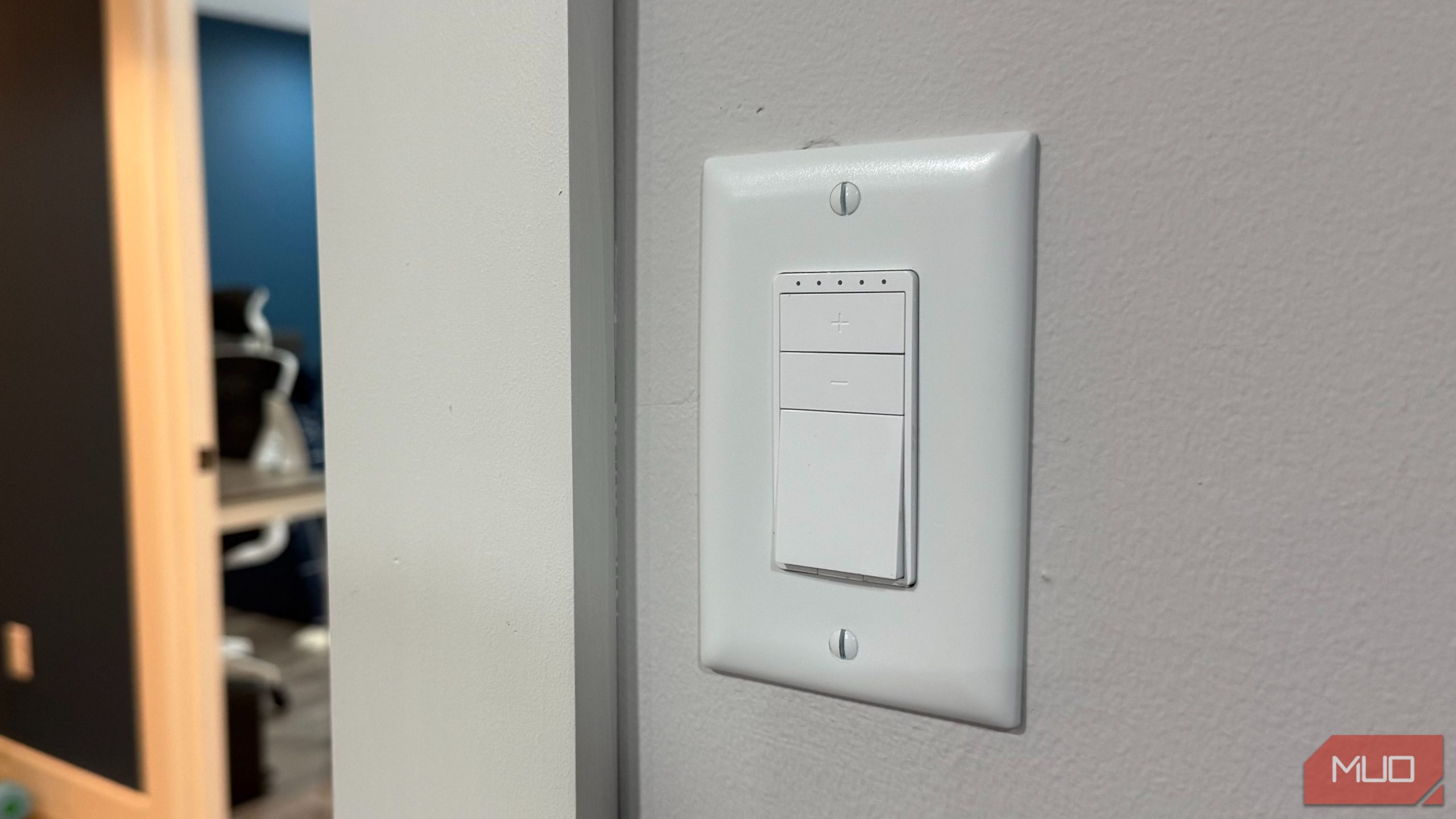When I started building my home three years ago, I assumed smart bulbs were the obvious choice. They’re everywhere in marketing materials, they look cool, and swapping out regular bulbs or can lights seems like the easiest upgrade.
Three years of using both Philips Hue smart bulbs and smart switches across my home has changed my perspective completely. My kids love their colorful bedroom lights, but smart switches keep working day after day without any issues. For reliable lighting that just works, I reach for smart switches.
My tale of two smart lighting systems
The setup that taught me everything
I went all-in on testing both approaches. In my kids’ bedrooms and our great room, I installed Philips Hue White and Color Ambiance recessed downlights—four lights per bedroom that retrofit into the existing can light housing. In my home office, gym, basement rooms, and kitchen, I went with Amazon Basics smart dimmer switches that work with my existing fixtures.
Both setups continue running strong after three years, yet the day-to-day experience tells a different story. My smart switches respond without fail, while the smart bulbs occasionally frustrate me.
The fundamental flaw with smart bulbs
Power dependency ruins everything
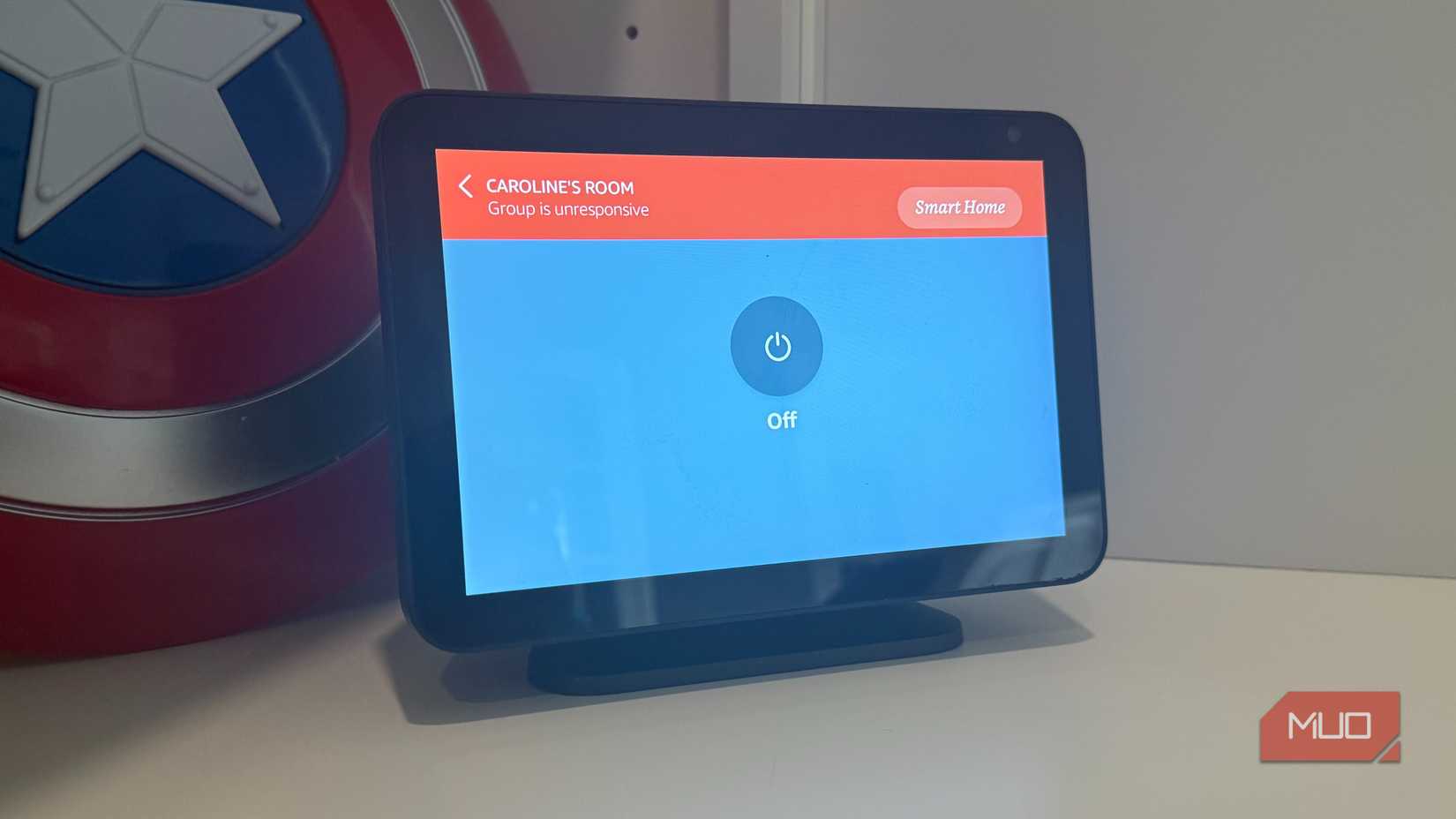
Here’s the problem that isn’t talked about enough in smart bulb reviews: they need constant power to stay connected. Flip that wall switch off, and your expensive smart bulb becomes a regular dumb bulb until someone manually turns the switch back on.
This creates a cascade of problems. Power cuts to my Hue bulbs happen more than I expected, and they disconnect from the Hue Hub almost every time. I end up opening the Hue app to re-add each one individually before Alexa will work with them again. The Wi-Fi smart bulbs from other companies I’ve tested pull the same disappearing act—they go dark on the network and ignore commands until I manually reconnect them.
This makes voice control frustrating. I’ll ask, “Alexa, turn on the bedroom lights,” expecting them to turn on, only for Alexa to respond: “The bedroom is not responding. Please check if the manual switch is turned on…”. This sends me trudging through the house, manually flipping switches and hoping the bulbs reconnect quickly. It defeats the entire purpose of smart lighting.
When smart bulbs actually make sense
Kids’ rooms are the exception
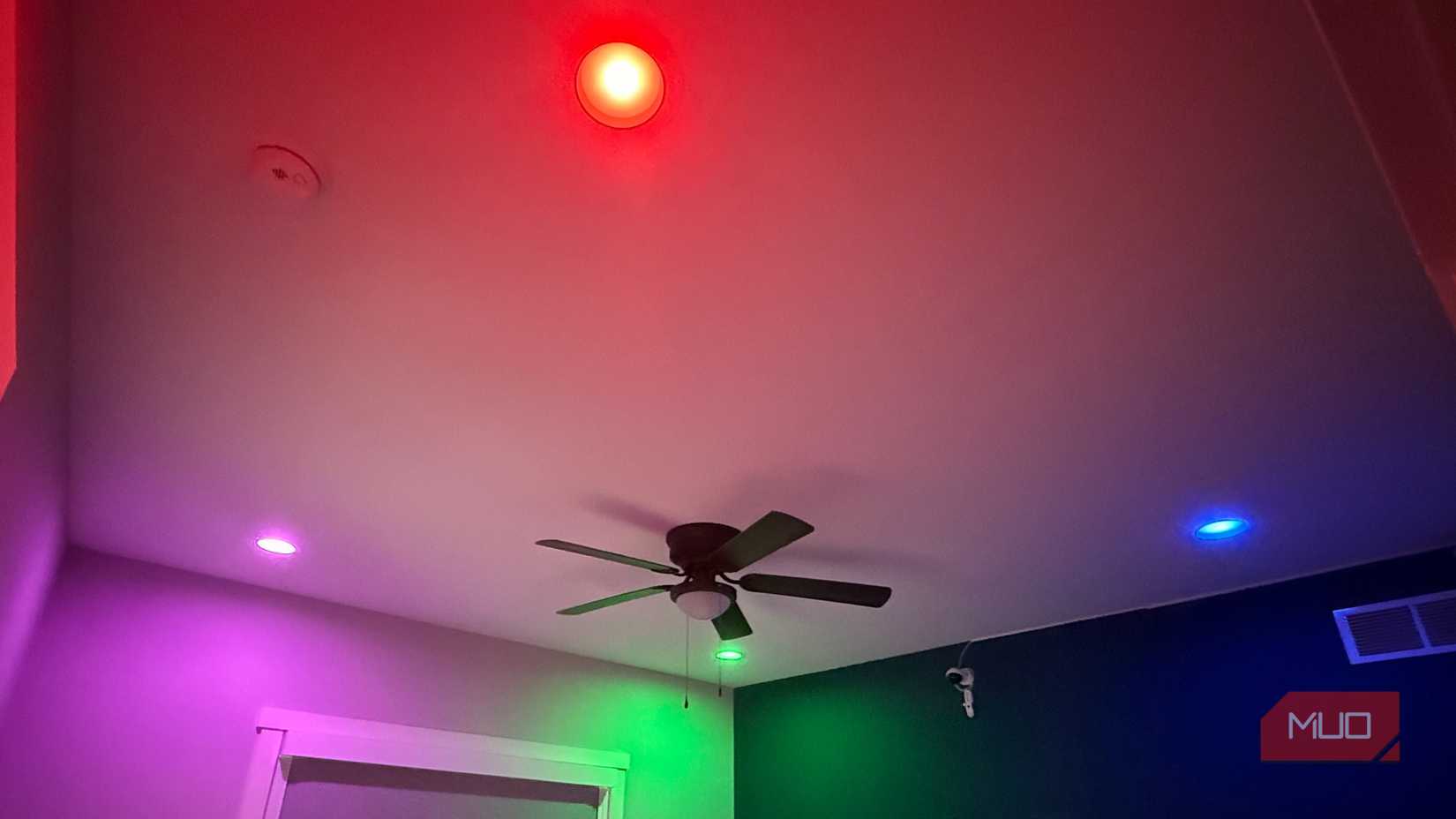
I’m not completely against smart bulbs. In my kids’ bedrooms, the Hue downlights are genuinely fantastic. Installation was dead simple—they retrofit right into the existing recessed can housing. Smart bulbs also work better in rooms with 3-way switches, because installing a 3-way smart switch is too complicated for me. In those situations, smart bulbs offer the path of least resistance.
The lights dim way down for bedtime, and my 2-year-old and 4-year-old get excited every time we change colors. I’m convinced those color changes accelerated their color recognition when they were learning. My kids’ faces light up every time I say “Alexa, make the lights purple.” Having four individual downlights per bedroom lets me create different zones—I can dim one corner for quiet time while keeping the rest bright for cleanup.
The Hue bulbs also excel at creating ambiance. For our basement great room addition (still in progress), I’m actually planning to add more Hue recessed lights because that space is designed for entertainment and relaxation, where color and individual control matter.
Why smart switches win for everything else
Always-on convenience
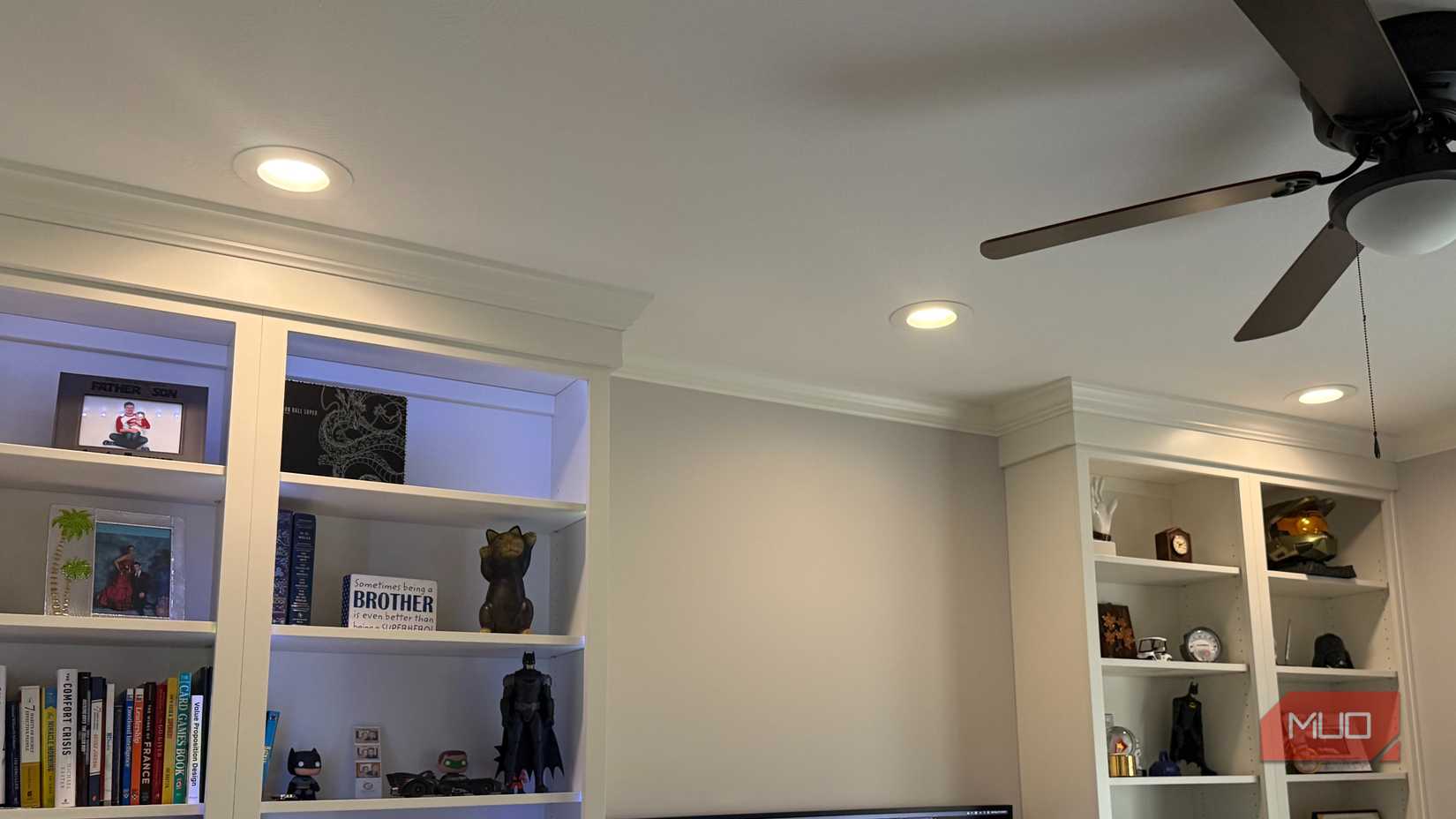
Smart switches connect to your home’s electrical wiring permanently, keeping power and network access constant. Alexa responds immediately, and the physical switches work normally for anyone who prefers manual control.
My Amazon Basics smart switches in the home office, gym, and kitchen never give me connectivity headaches. Voice commands work immediately, and guests can flip switches without breaking anything. There are no apps to troubleshoot, no bulbs to reconnect, amnd no frustration.
After power outages, my smart switches reconnect automatically and resume working normally. Smart bulbs often need manual intervention to get back online.
The installation reality check
Wiring vs. latching or screwing in
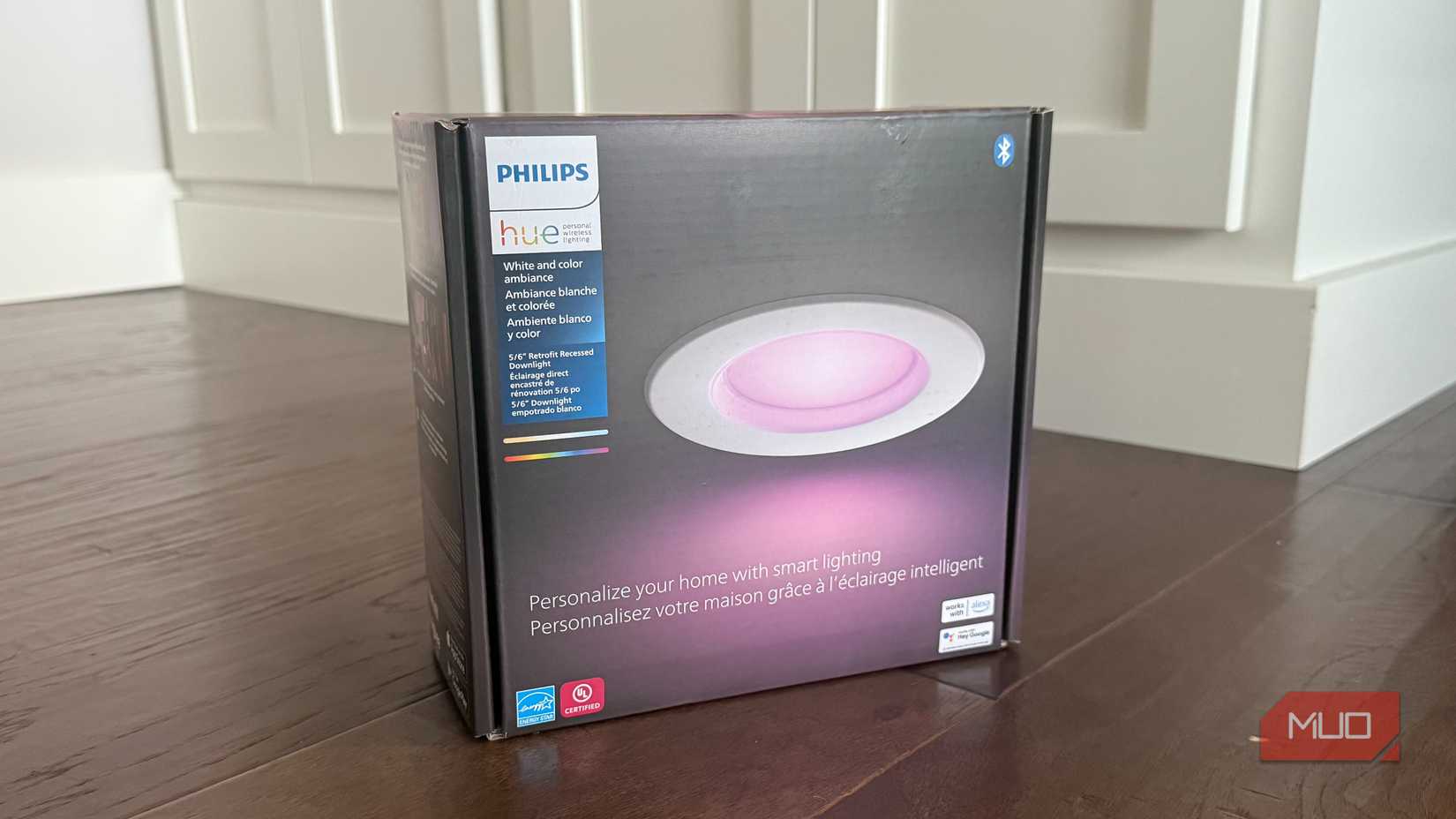
It’s important to remember that installing smart switches requires basic electrical work. You’re dealing with house wiring, understanding which wires are hot, and potentially needing a neutral wire depending on your switch choice. Thus, installing smart switches requires more effort than replacing bulbs.
Here’s what makes it worthwhile: you wire up a smart switch once, and it manages all the lights on that circuit for years without issues. Smart bulbs break that connection every time someone hits the wall switch, creating ongoing maintenance headaches that make the initial wiring complexity worth tackling.
If you don’t feel comfortable doing electrical work, hire someone who is. When you compare the cost of multiple smart bulbs against one switch per room, hiring help doesn’t break the bank.
Accepting the limitations
What you give up with smart switches
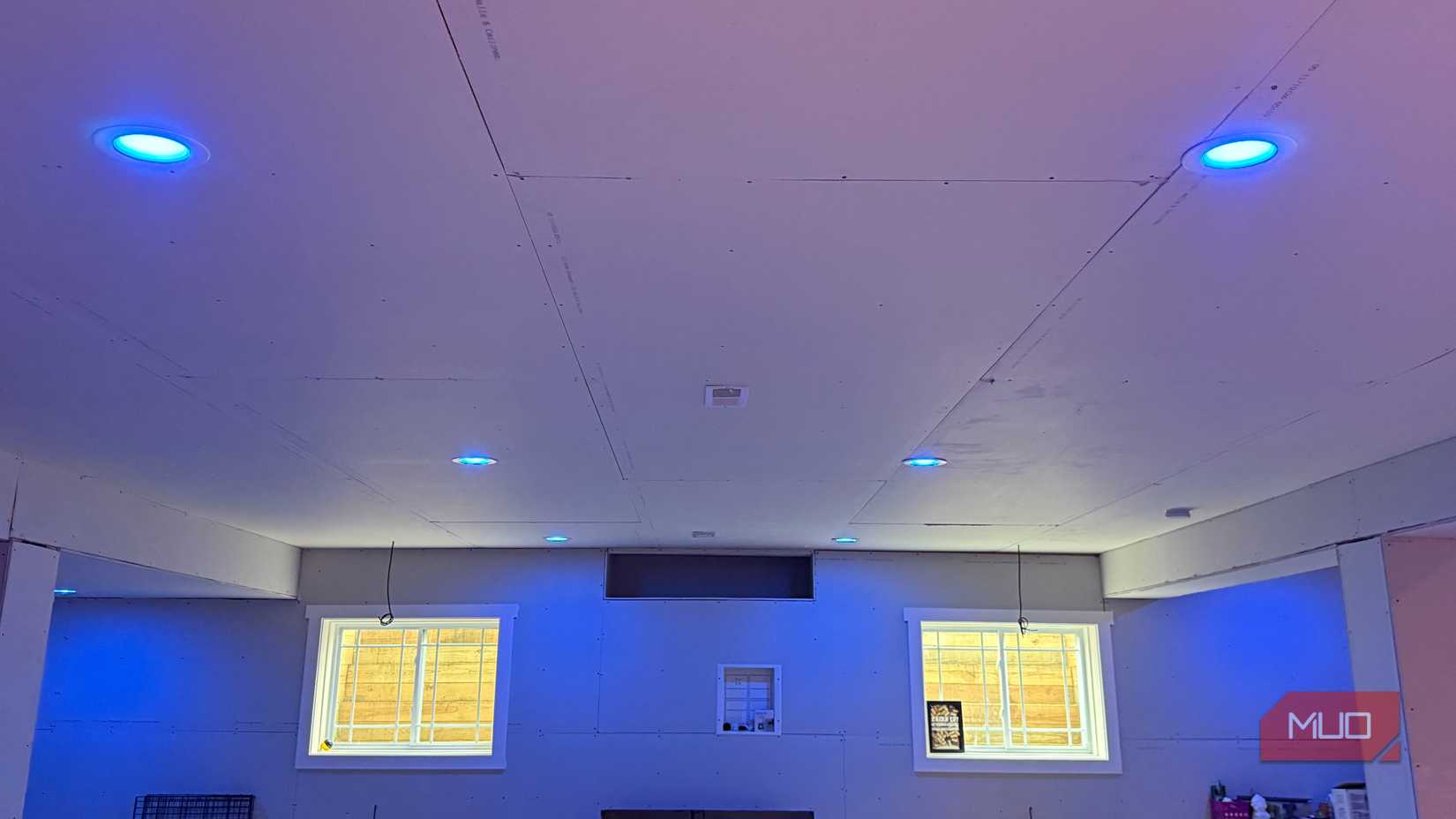
Smart switches have clear limitations. Individual bulb control becomes impossible when multiple lights share the same circuit. You can’t change colors unless your existing fixtures support it. And yes, installation is more involved.
Some rooms benefit from these advanced features. Multiple light sources that need independent control work better with smart bulbs. Color-changing capabilities for ambiance require smart bulbs.
Most residential spaces work fine without these extras. My kitchen lighting works great with all under-cabinet LEDs controlled together (making your own LED strip is also an option). My home office needs only an adjustable white light brightness to handle any task. I use the Amazon Echo Hubs with PoE for easy brightness adjustments for both types of smart lighting.
The best smart lighting solution for you
My three-year experiment with both technologies has shown me that smart switches provide the dependability that makes smart lighting practical instead of merely flashy. Smart bulbs work great in kids’ rooms, accent lighting, and entertainment spaces where colors matter, but the marketing oversells their universal appeal.
Go with switches in most rooms first, then add smart bulbs where you actually need colors or individual control. You’ll save yourself frustration when voice commands work the first time, every time. And if you use Amazon Alexa, like I do, I recommend checking your Echo privacy settings to make sure you aren’t sharing more than you intend.





